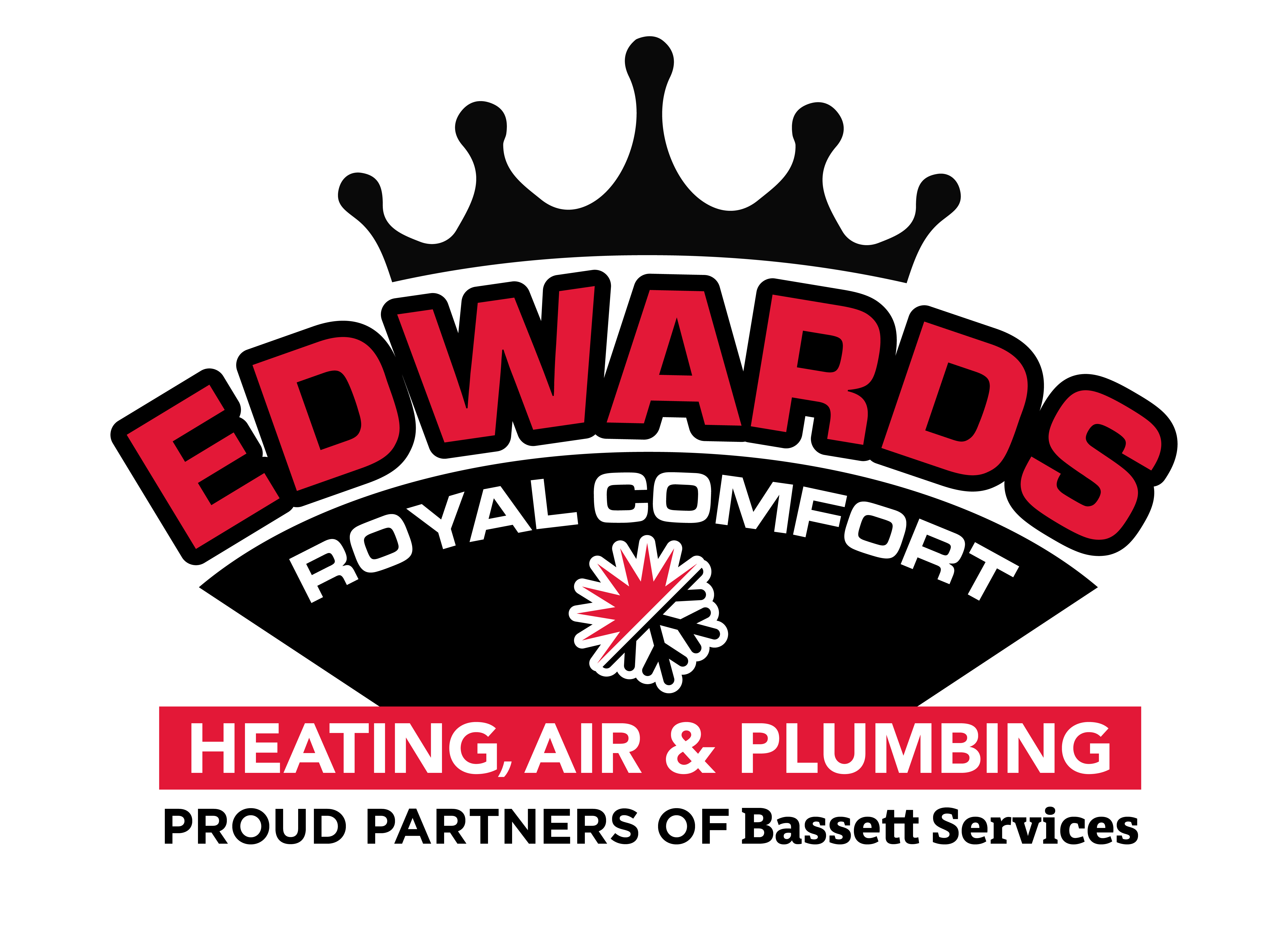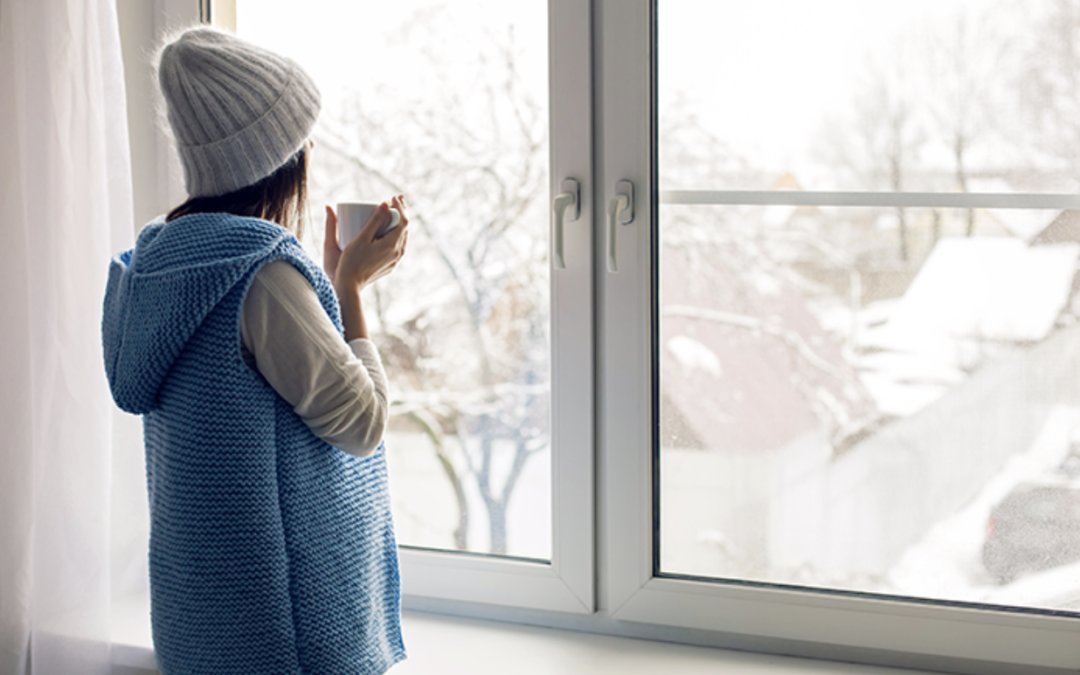As Indiana residents, we know how cold and dry the air is during the winter, leading many to find comfort in their homes. But although your home might provide the warmth you’re looking for, dry air can be a problem indoors, as well.
When indoor humidity levels dip too low, it can lead to a number of health issues, including chapped lips, a scratchy throat, and dry skin. It can also cause your wood furniture and flooring to warp, causing significant damage.
If you’re experiencing any of these issues and believe low humidity is to blame, contact the indoor air quality experts at Edwards Royal Comfort. Our technicians can install a whole house humidifier to your HVAC system to ensure humidity levels stay in the comfortable range.
What’s a Good Relative Humidity Level During the Winter Months?
During most of the year, an indoor humidity level of about 30 to 50 percent is ideal. This will prevent issues associated with low humidity in the winter as well as high humidity during the warmer months. However, during the wintertime, it’s often better to keep indoor humidity levels a little below 30 degrees, depending on what the outdoor temperature is.
You can control your whole house humidifier using a humidistat, which is used to adjust the amount of moisture in the air. When deciding how much moisture to allow into your home during the winter, consider the following:
- When the outdoor temperature dips to 0 degrees, use a humidistat setting of 25 percent.
- For outdoor temperatures around 10 degrees, set the humidistat to 30 percent.
- For an outdoor temperature of about 20 degrees, a 35 percent humidistat setting is appropriate.
- For an outdoor temperature near 30 degrees, set your humidistat at 40 percent.
Condensation can often form on windows and mirrors when the humidity levels reach about 50 percent. If you notice any condensation, consider using the humidistat to adjust the amount of moisture in your home’s air.
Benefits of Installing a Whole House Humidifier
Of course, you can’t add moisture to your home unless you have a humidifier installed. While portable humidifiers are fine to add moisture to a single room or area of a home, a whole house humidifier provides complete coverage for the entire home.
Some of the benefits of humidifier installation include:
Improved health
Dry air can wreak on our health by drying out sinus cavities. Viruses and bacteria thrive in dry conditions and can lead to a cold, the flu, and other respiratory issues.
A whole house humidifier works to prevent allergens and particulates from affecting your sinuses by creating healthier air quality. This also reduces the chance of catching a cold or the flu and affecting other family members.
Some of the issues that can be avoided by adding more moisture with a humidifier include:
- Nosebleeds
- Dry skin
- Irritated eyes
- Allergies
- Cracked lips
- Coughs
- Sinus headaches
- Scratchy or dry throat
Protection for Furniture
Dry air can cause wooden floors and furniture, including tables and chairs, to dry out, causing them to crack and split. Window frames and doors can also suffer damage. Adding moisture to the air can protect these furnishings and save you hundreds of dollars in replacement costs.
Better Sleep
Dry indoor air can negatively impact a person’s sleep, causing them to stay awake longer without falling into a deeper sleep that is needed for a good night’s rest. Using a humidifier while you sleep at night can help you breathe easier, reduce snoring, and keep skin from drying out for a better night’s sleep.
Contact Edwards for Installation of a Whole House Humidifier
Don’t suffer in dry air this winter; contact the indoor air quality specialists at Edwards Royal Comfort to install a whole house humidifier. Reach out to us today to schedule an appointment.



